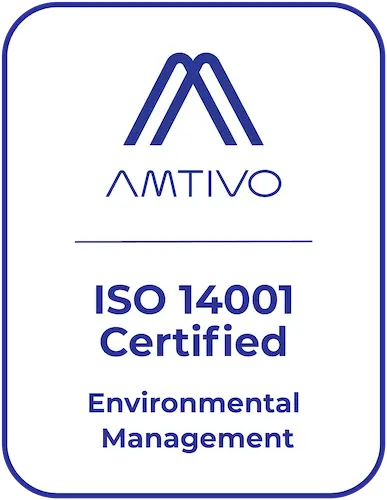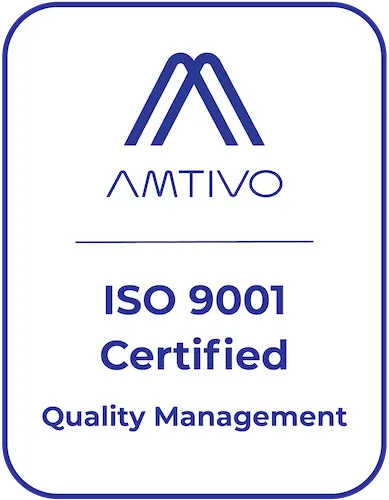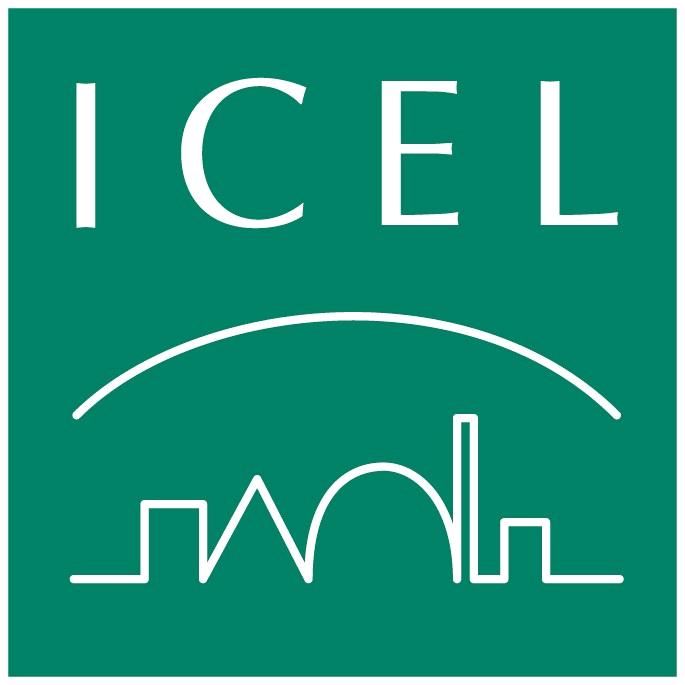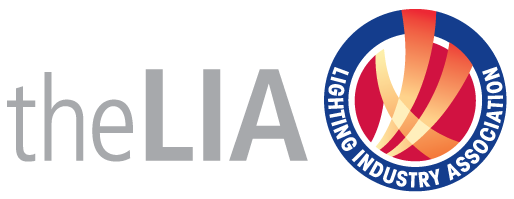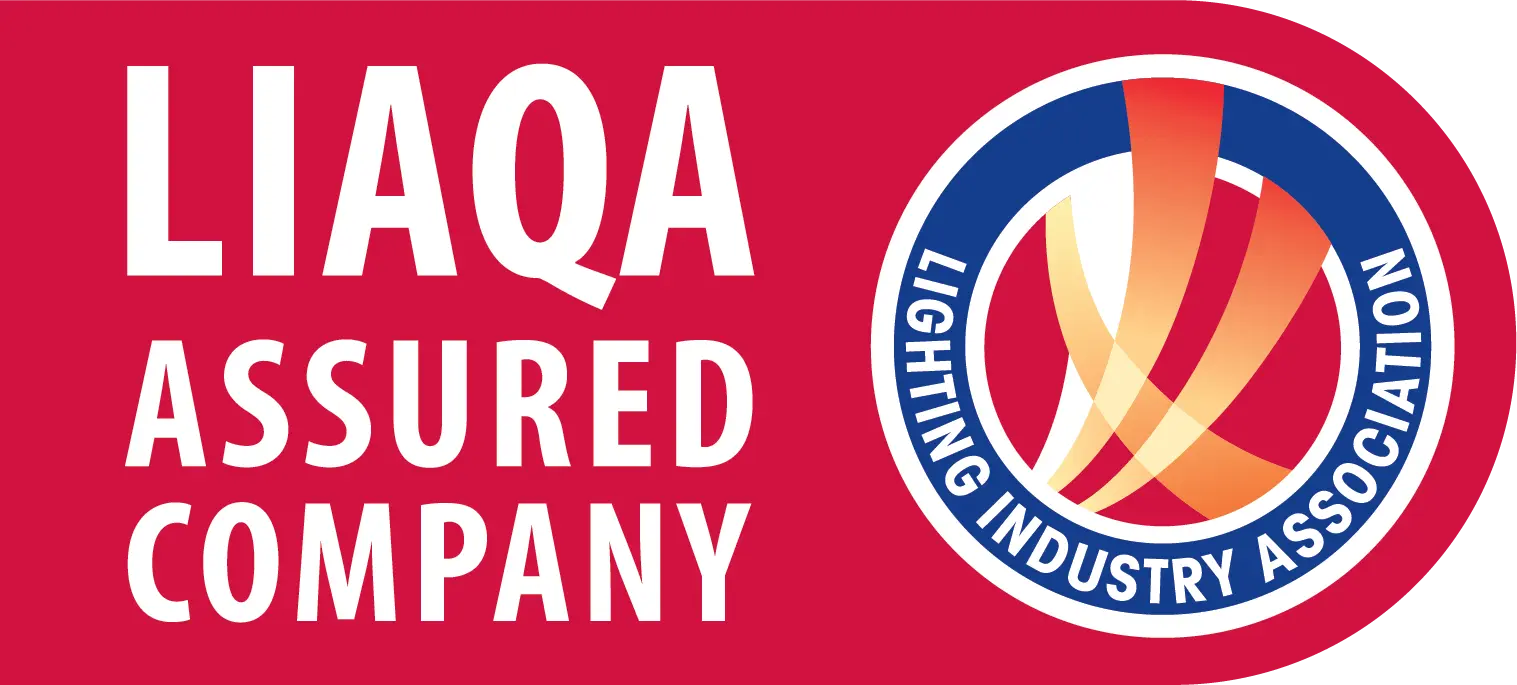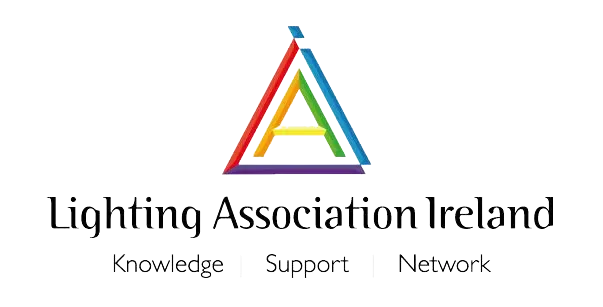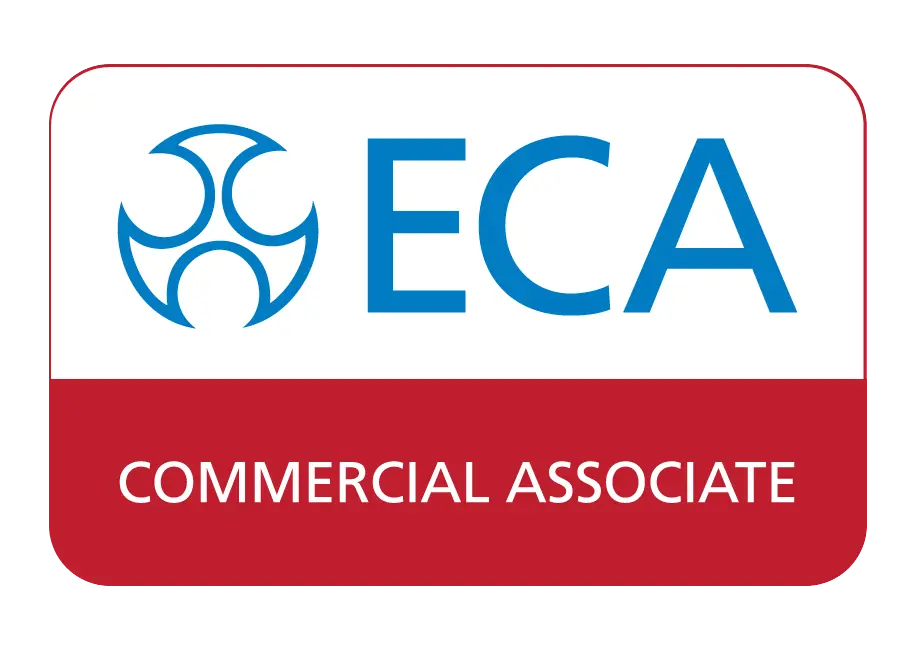ESG Update: On Track for a 30% Carbon Reduction by 2030
Ask any electrician - if you want a job done right, start by testing and measuring. But have you ever wondered how a company measures its carbon footprint? Some emissions are obvious, like those from manufacturing a product. Others are harder to spot. For example, a company is also responsible for the energy that a product uses over its <u>entire lifespan</u>. This can be a little bit trickier to calculate.
One thing is certain: the more accurate and comprehensive your measurements are, the stronger the carbon reduction strategy. At ROBUS, we’re committed to improving how we measure and report emissions so we can be as transparent as possible. That’s why, in 2024, our parent company, LED Group, worked with Greenly to expand the number of items covered under Scope 3 emissions, which refers to our upstream and downstream operations and activities.
Capturing Our Scope 3 Carbon Emissions with Greenly
For 2024, we took a big step towards greater transparency by adding more categories to Scope 3 reporting, including:
Use of Sold Products – Energy consumed by products we placed on the market in 2024 over their expected lifespan.
Raw Materials – Emissions linked to the plastics, metals, and other materials in our products.
End-of-Life Treatment – Energy used to process and dispose of products at the end of their life.
These additions increased our reported total carbon footprint (all scopes) for 2024 to 78,403.2 tCO₂e. Take a look at the overall picture with our latest GHG Emission Assessment Result from Greenly.
Our Latest Carbon Footprint Results (Greenly GHG Assessment)
The below figures show our total carbon emissions, plus how they compare per employee and per €1 million in revenue, giving a clearer picture of our overall impact and efficiency.
Scope 1
- 66 tCO₂e
- 0.3 t/employee
- 0.4 t/M€
Scope 2
- 129 tCO₂e (45 tCO₂e calculated with the market-based approach)
- 0.6 t/employee (0.2 t/employee market-based)
- 0.8 t/M€ (0.3 t/M€ market-based)
Scope 3
- 78 ktCO₂e
- 374 t/employee
- 506 t/M€
Total
- 78 ktCO₂e
- 375 t/employee
- 507 t/M€
Note: Figures subject to correct categorisation and expense validation. Scope 2 figures in italics are market-based.
Where Our Carbon Emissions Come From
Breaking down our footprint helps us target the biggest opportunities for change. For 2024, 96% of emissions were calculated using activity data, making them highly accurate.
-
Use of Sold Products - 72%
The largest share of our emissions comes from the energy products consumed throughout their lifespan once in use.
-
Other - 9%
Emissions from activities or materials that don’t fit neatly into the main categories.
-
Plastic | PC - 8%
Emissions from producing and processing plastics and polycarbonate components.
-
Metal (aluminium, copper, steel, etc.) - 7%
Emissions from sourcing and manufacturing metal parts and materials.
-
Freighting Goods - upstream and use phase (cargo shipping) - 4%
Emissions generated from transporting products and materials during both the supply and use phases.
(Figures include LED Group & FuseBox.)
Working Towards 30% Lower Emissions by 2030
We’ve committed to reducing our caron emissions by 30% by 2030 - the equivalent of 3-7% per year. Ambitious, yes. Achievable - absolutely. We’ll get there through a three-pronged approach:
- Climate Strategy - Using insights from our Greenly GHG report to define, action, measure, and report our emission reductions.
- Employee Engagement - A year-long Greenly programme with onboarding, monthly themed quizzes, and activities covering everything from climate science to energy use, ending with a review of progress.
- Monitoring and Reporting - Continuously developing our ESG project and driving engagement with our suppliers and customers.
LED Group’s Global Climate Strategy Actions
Working with our Greenly Climate Expert, we’ve reviewed all the actions which affect our emissions globally and prioritised them based on the level of impact and implementation feasibility. This review identified 13 actions that have a high impact on reducing our emissions. Some will be challenging, but all are within reach!
Our Global Purchasing, Logistics, New Product Development, Technical and QC teams are working on the selected climate strategy actions. These actions include:
Using Recycled Materials in Our Products (Plastic & Aluminium)
We will work with suppliers to identify available recycled materials, reducing virgin material use without compromising product quality or appearance. This will allow us to set clear criteria for recycled content in new products and explore updates to our existing ranges.
Reducing Energy Usage & Moving to 100% Green Energy
ROBUS HQ and ATC’s offices in Dublin already run on 100% green energy via solar installations, feeding excess back to the grid. Next, we’ll explore green energy options for our UK sites!
Cutting Non-Recyclable Materials from Our Packaging
Ongoing projects to eliminate plastics, reduce packing weight, and switch to recyclable materials.
Reducing Emissions from Our Logistics and Product Transportation
We are working closely with our logistics partners to ensure that we are utilising low-emission, electric and bioenergy transportation where possible. We ensure that all of our logistics partners have strong environmental and sustainability programs in place so we can work on this journey together.
Our Climate Journey Continues
Like any big project, this isn’t a one-and-done job. We’ll keep measuring, assessing, and refining our approach, sharing progress along the way. When it comes to carbon reduction, we tackle the real numbers to get real results – and we’re committed to making them smaller every year.
